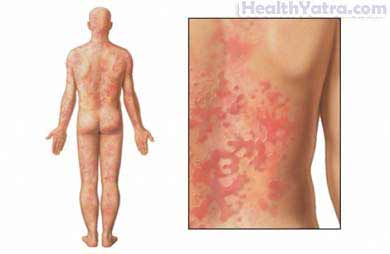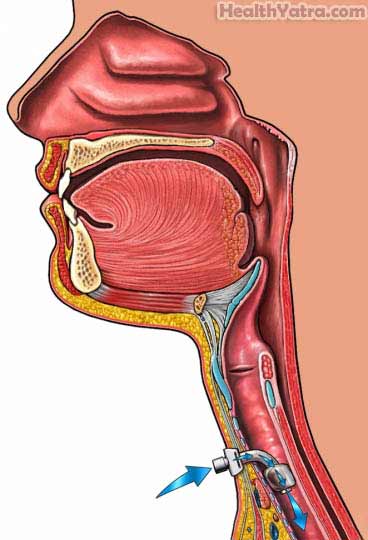Definition
Angioedema is a common condition that involves swelling beneath the surface of the skin with or without redness. Angioedema can occur around the eyelids and lips, or on the face, hands, feet, or genitalia. Since this condition can cause swelling of the airways, it is important that you seek medical care if you think you have angioedema.
Causes
Angioedema is often associated with urticaria (hives). It can be caused by:
- Foods (eg, fruits, shellfish, nuts)
- Medications (eg, nonsteroidal anti-inflammatory drugs (NSAIDs), ACE inhibitors, ARB inhibitors, penicillin, aspirin, morphine)
- Infection
- Inhaled substances (eg, pollens, mold spores, animal dander)
- Certain diseases (eg, hyperthyroidism, cancer, rheumatic fever)
- Environment (eg, cold, heat, water)
- Skin contact with plants, animals, or medications
- Skin disease
- Family history

Risk Factors
A risk factor is something that increases your chance of getting a disease or condition. The following risk factors increase your chance of developing angioedema. If you have any of these risk factors, tell your doctor:
- Age: 30-60 years old
- Other conditions:
- Asthma
- Eczema
- Hives
- Gender: female
- Drinking alcohol
- Taking NSAIDs drugs
- Emotional stress
- Hyperthyroidism
- Menstruation
Symptoms
If you experience any of these symptoms do not assume it is due to angioedema. These symptoms may be caused by other health conditions. If you experience any one of them, see your physician.
- Large swelling with unclear borders around the eyelids and lips
- Lesions on the face, trunk, genitals, and extremities
- Swelling of the hands and feet
- Swelling of the throat
- Abdominal pain
- Rash that is not itchy
Diagnosis
Your doctor will ask about your symptoms and medical history. A physical exam will be done. Tests may include the following:
- Blood tests
- Urine tests
- Skin tests
- Throat culture
- Stool sample
- Abdominal ultrasound
Treatment
Talk with your doctor about the best treatment plan for you. Minor episodes of angioedema may need no treatment. However, it is important to make sure the swelling does not spread to the airway, which can be life-threatening. Treatment options include the following:
- Medications—Certain medications (eg, antihistamines, epinephrine, corticosteroids, and pain medications) may help ease symptoms of angioedema.
- Tracheostomy —If your airway is affected, your doctor may place a tube in your throat to keep your airway open.

If you are diagnosed with angioedema, follow your doctor’s instructions .
Prevention
To help reduce your chances of developing this condition, avoid substances or triggers that have caused hives or angioedema in the past.
Angioedema Treatment in India – Page Keywords:
Angioedema Definition, Angioedema Definition Causes, Angioedema Symptoms, Angioedema Treatment in India, Angioedema Treatment Cost in India, Angioedema Surgery Cost, Top Angioedema Treatment Hospital, Top Angioedema Treatment Doctor in India, Angioedema Meaning in Marathi, Angioedema Treatment Near me, Angioedema Complications, Travel India for Angioedema Treatment, Angioedema Treatment in Arab Countries, Angioedema Treatment in Bangladesh, Angioedema Treatment in Dhaka, Angioedema Meaning in Bengali, Angioedema Meaning in Arabic, Angioedema Meaning in Hindi, Angioedema Treatment in Bahrain, Angioedema Treatment in Egypt, Angioedema Treatment in Iraq, Angioedema Treatment in Jordan, Angioedema Treatment in Kuwait, Angioedema Treatment in Lebanon, Angioedema Treatment in Saudi Arabia, Angioedema Treatment in United Arab Emirates, Angioedema Treatment in Sudan, Angioedema Treatment in Tunisia, Angioedema Treatment in Nepal, Angioedema Treatment cost,
